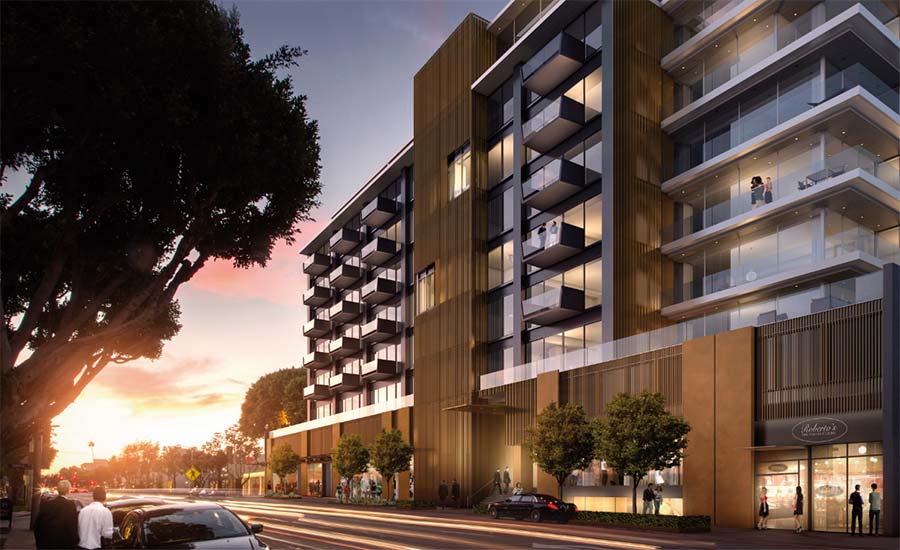Transforming Offices into Apartments: A Solution to the Housing Crisis

Offices into Apartments – Introduction: Navigating the Housing Crisis:
In the midst of the ongoing housing crisis plaguing urban centers across the United States, innovative solutions are imperative to address the pressing need for affordable housing options. One such solution gaining traction is the transformation of commercial office spaces into residential apartments. This article explores the multifaceted dynamics of this trend, examining its potential to mitigate the housing shortage while acknowledging the challenges and tradeoffs involved.
The Rise of Office-to-Apartment Conversions
The surge in office-to-apartment conversions stems from various factors, including shifting work dynamics accelerated by the COVID-19 pandemic. With remote work becoming more prevalent and companies downsizing their physical office footprint, many commercial office buildings have become vacant or underutilized. Developers and urban planners have seized upon this opportunity to repurpose these spaces, breathing new life into neglected urban landscapes.
Benefits and Opportunities
Office-to-apartment conversions offer a myriad of benefits, both for residents and communities at large. By repurposing existing infrastructure, developers can expedite the creation of much-needed housing units, bypassing the lengthy process of new construction. Moreover, these conversions contribute to the revitalization of urban areas, fostering vibrant communities and stimulating economic growth. Additionally, the adaptive reuse of office buildings promotes sustainability by reducing the environmental impact associated with demolition and new construction.

Challenges and Considerations
Despite the potential benefits, office-to-apartment conversions present significant challenges and complexities. Developers must navigate regulatory hurdles, zoning restrictions, and historical preservation requirements, adding layers of complexity to the conversion process. Moreover, the cost of retrofitting office spaces to meet residential standards can be substantial, requiring substantial financial investment. Additionally, community resistance and concerns about gentrification and displacement must be addressed to ensure equitable development.
Balancing Economic Viability and Affordability
One of the primary considerations in office-to-apartment conversions is striking a balance between economic viability and affordability. While luxury conversions may yield higher profits for developers, they do little to address the pressing need for affordable housing. Thus, policymakers and stakeholders must prioritize the creation of mixed-income developments to ensure inclusivity and affordability. Subsidies, tax incentives, and public-private partnerships can play a crucial role in facilitating the development of affordable housing units within converted office buildings.
Sustainable Design and Innovation
Incorporating sustainable design principles and innovative technologies is essential in maximizing the potential of office-to-apartment conversions. From energy-efficient building materials to renewable energy systems, developers can reduce the environmental footprint of converted buildings while enhancing occupant comfort and well-being. Furthermore, embracing smart building technologies can optimize resource utilization and improve operational efficiency, creating more resilient and future-proofed residential spaces.

Community Engagement and Empowerment
Effective community engagement is paramount in ensuring the success and sustainability of office-to-apartment conversions. Engaging with local residents, businesses, and community organizations fosters a sense of ownership and empowers stakeholders to shape the development process. Participatory planning approaches, such as charrettes and community workshops, can facilitate meaningful dialogue and collaboration, leading to more inclusive and responsive design outcomes.
Policy Implications and Recommendations
Policy interventions are crucial in facilitating the widespread adoption of office-to-apartment conversions as a viable solution to the housing crisis. Local governments can enact zoning reforms, streamline permitting processes, and provide financial incentives to encourage developers to undertake conversion projects. Moreover, affordable housing mandates and inclusionary zoning policies can ensure that converted units serve a diverse range of income levels, promoting social equity and inclusivity.
Conclusion: Shaping the Future of Urban Development
In conclusion, office-to-apartment conversions represent a transformative approach to addressing the housing crisis and revitalizing urban spaces. By repurposing underutilized office buildings, developers can create much-needed housing units while preserving the architectural heritage and character of urban landscapes. However, realizing the full potential of this approach requires careful planning, community engagement, and policy support. By embracing innovation, sustainability, and inclusivity, we can reshape our cities and create thriving, equitable communities for generations to come.
